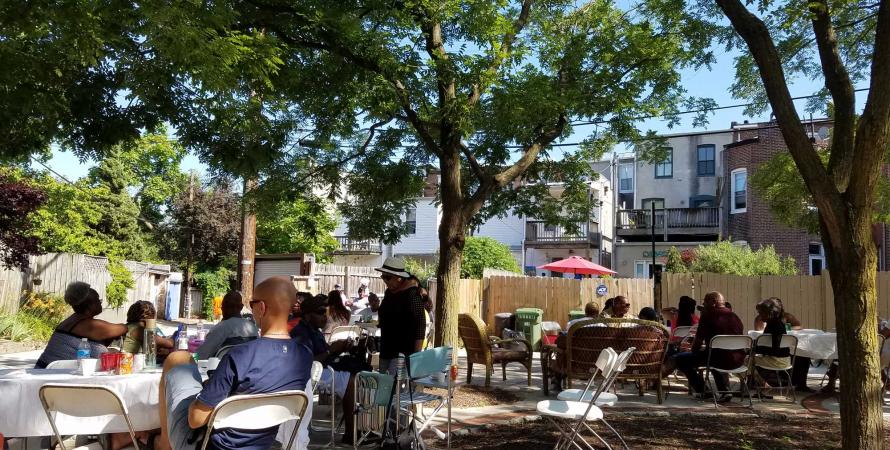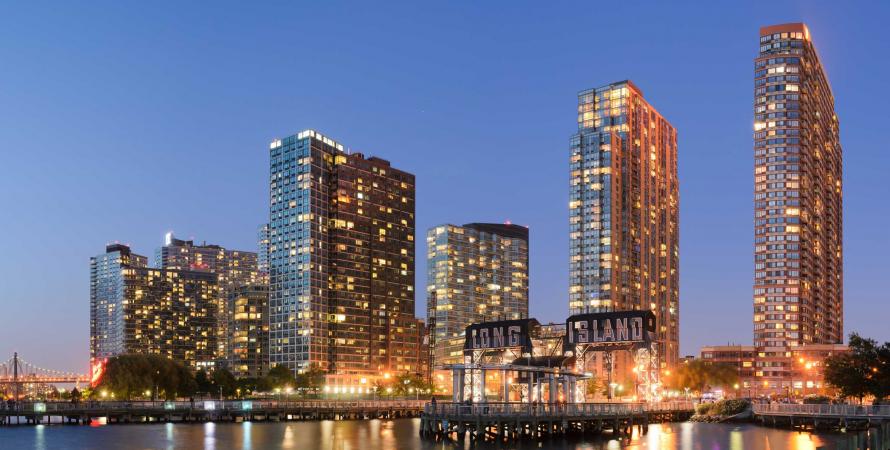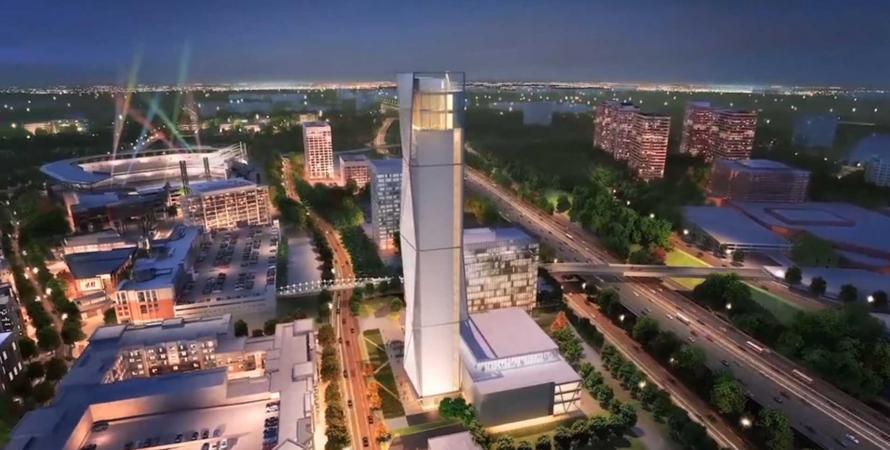-

Pattern retrofit for resilience options
This is part 2 of a series on retrofitting urban patterns to create more resilient places where decentralized capital can flourish.It is understandable if leaders of places like Cobb County, Georgia, a poster child for American sprawl, are not interested in addressing their deep urban pattern problems. Fixing underlying block, street, and lot patterns is not a sexy topic like architecture, placemaking, or major economic...Read more -

What does inclusion mean for CNU?
I invite you to think about the role of new urbanists—and how we can design our role—to reduce the burden of society's bias.Twenty-five years after the founding of the Congress for the New Urbanism, the board voted this past September to advance our commitment toward creating a more inclusive movement and through it, more inclusive communities. In doing so, we affirmed the words espoused in the Charter of the New...Read more -

Big questions for Amazon
Amazon chose urbanism for HQ2, but with urbanism comes responsibility.Earlier this month I wrote a piece about the Charter Award-winning plan for Crystal City in Arlington, Virginia, that established a code and vision in 2010—enabling that area to become more walkable and urban as Amazon’s new headquarters is built. That piece analyzed half of Amazon’s East Coast HQ2...Read more -

Pattern retrofit for resilience: An introduction
Pattern retrofit is a necessary step to reforming dysfunctional metropolises impacted by global capital. This is part 1 of a series.Have you heard of the McRefugees? These are individuals in Hong Kong, whose housing options have become so costly that they are sleeping in 24-hour McDonald’s. The number of McRefugees in Hong Kong has expanded several fold in the past year. This parabolic change is a clue that something at a scale...Read more